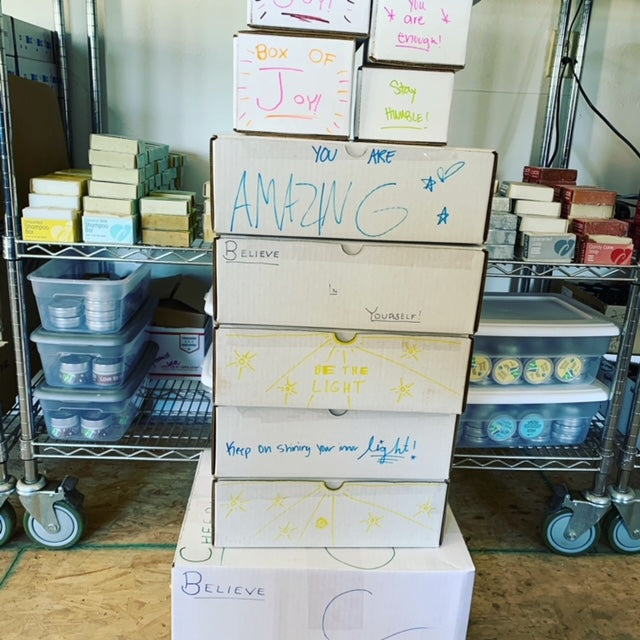
Many of us know that formaldehyde is used to embalm corpses. I’m sure if you are reading this right now, you are not a corpse, and therefore, do not want to be embalmed.
Formaldehyde is a colorless, flammable, strong smelling gas that is also used to manufacture building materials and household products. It’s made in the production of fertilizers, antiseptics, cosmetics, medicines, vaccines, baby wash, baby shampoo, eyelash glue, and in some foods as a preservative.
Formaldehyde is used to embalm bodies because it changes the tissues on a cellular level so that bacteria cannot grow. You could say it literally tears apart the composition of your cells and tissue. Okay, keep that in mind now that you know that formaldehyde is used not only to build homes and materials but also in everyday products.
So, what problems can formaldehyde cause to those of us who are still alive?
- Formaldehyde is linked to allergic skin reactions and asthma due to its abundant use in nail polishes, body soaps, hair gets, and color cosmetics.
- You can get “formaldehyde poisoning” by breathing in fumes from formaldehyde. Symptoms include, but are not limited to, problems breathing, COPD, headache, skin irritation, and burning of the esophagus and stomach.
- Formaldehyde is linked to ALS and other nervous system disorders.
- Formaldehyde is a known human carcinogen, meaning it has direct cancer-causing capabilities. It is most closely linked to leukemia.
Here’s what to look for on the label:
Formalin, Formic aldehyde, Methanediol, Methanal, Methyl aldehyde, Methylene glycol, Methylene oxide
Now, I can’t stop there. Because there’s something else that I need to tell you about and that is something called formaldehyde-releasing preservatives (FRPs). In cosmetics and other products, formaldehyde can be added, or it can be released from preservatives. These preservatives release formaldehyde over time. Since even small amounts of formaldehyde are a cause for concern, having a product “slowly releasing formaldehyde” over a long period of time is definitely something I do not want to be putting on my body or in my body! In 2015, in the Journal of Cosmetic Science, it was actually found “that longer storage time and higher temperatures increase the amount of formaldehyde released from FRPs and could ultimately lead to more severe health concerns.”
Here’s what to look for on the label:
Quaternium-15, DMDM hydantoin or 1,3-dimethylol-5,5-dimethylhydantoin, imidazolidinyl urea, diazolidinyl urea, polyoxymethylene urea, sodium hydroxymethylglycinate, 2-bromo-2-nitropropane-1,3-diol (bromopol) and glyoxal, benzylhemiformal
Be aware that salon-based formulas are exempt from labeling laws, so you may never know what is in those products... and hair smoothing products are some of the most toxic because of the amount of formaldehyde they release!
At Cura.Te, you can look closely at every ingredient and you will find none of the ingredients listed above. We don’t need fine print because we use fine ingredients!
We are proud of each and every ingredient we use, and we are completely transparent about what goes into our products. We wholeheartedly believe in using ingredients that have life-giving qualities!
As someone who is planning to live a long and healthy life, you’d better believe that formaldehyde is NOT a part of my longevity lifestyle!
Formaldehyde - get it outta ya with our Anti Formaldehyde Blend.
And get Cura.Te on ya!
Cura te,
Jenny


